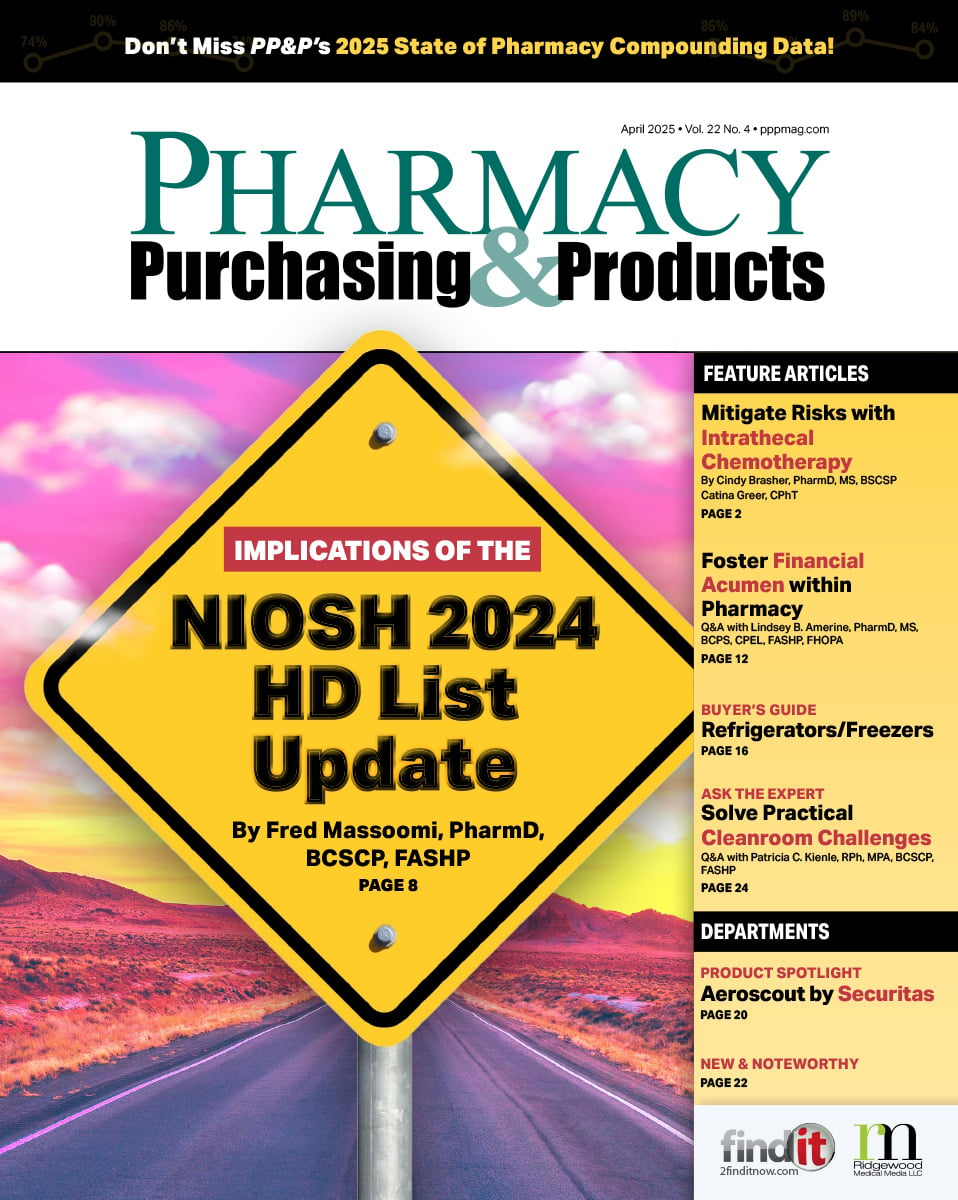- Show Menu
- Contact Us
- FAQs
- Reader Service
- Survey Data
- Survey Winners
- Testimonials
- Upcoming Events
- Webinars
- White Papers
When should discharge medication reconciliation occur?
There are two primary reasons that discharge medication reconciliation must be done immediately prior to the patient leaving the hospital. The first is that it is common for numerous medication changes to be made at the last minute, and therefore prudent from an efficiency perspective to wait until all medication decisions have been made to avoid duplicating workload. Secondly, a patient’s pain medication may compromise their lucidity and thus their understanding of medication instructions provided by the pharmacist. Waiting until the last moment before discharge gives the patient more time to comprehend vital directions. For patients taking high-dose narcotics or who are otherwise difficult to educate, we make efforts to involve family members in the discussion so they are able to assist the patient at home. Delaying counseling until just before discharge also allows time for family to arrive. Printed materials are provided for later reference, as well as an updated medication list with clear instructions on what medications to start, continue (with what changes), and stop (click here for the sample medication reconciliation form template).
What steps have you taken to further optimize the discharge medication reconciliation process at your facility?
A few years ago pharmacists were placed on the floor to allow more thorough reviews of medication use and dose adjustments. As a result of this daily reconciliation, the discharge process has improved significantly. In addition, a pharmacist was added to the ER, which has helped expedite the medication reconciliation process there.
To further improve our compliance, discharge rounds were implemented. All nurses come to rounds and report important facts related to discharge to the charge nurse, case managers, discharge planners, and pharmacist. The nurse communicates the most relevant patient information, such as the patient’s status, expected discharge date, pending tests, and any information the physician has communicated to the patient. This method has been extremely successful at optimizing our medication reconciliation efficiency.
 Laura Britton, PharmD, BCPS, CACP, supervises ambulatory clinical pharmacy programs and coordinates ambulatory student and resident rotations at University of Utah Health Care in Salt Lake City, Utah. She is actively involved in expanding medication therapy management.
Laura Britton, PharmD, BCPS, CACP, supervises ambulatory clinical pharmacy programs and coordinates ambulatory student and resident rotations at University of Utah Health Care in Salt Lake City, Utah. She is actively involved in expanding medication therapy management.
Like what you've read? Please log in or create a free account to enjoy more of what www.pppmag.com has to offer.








